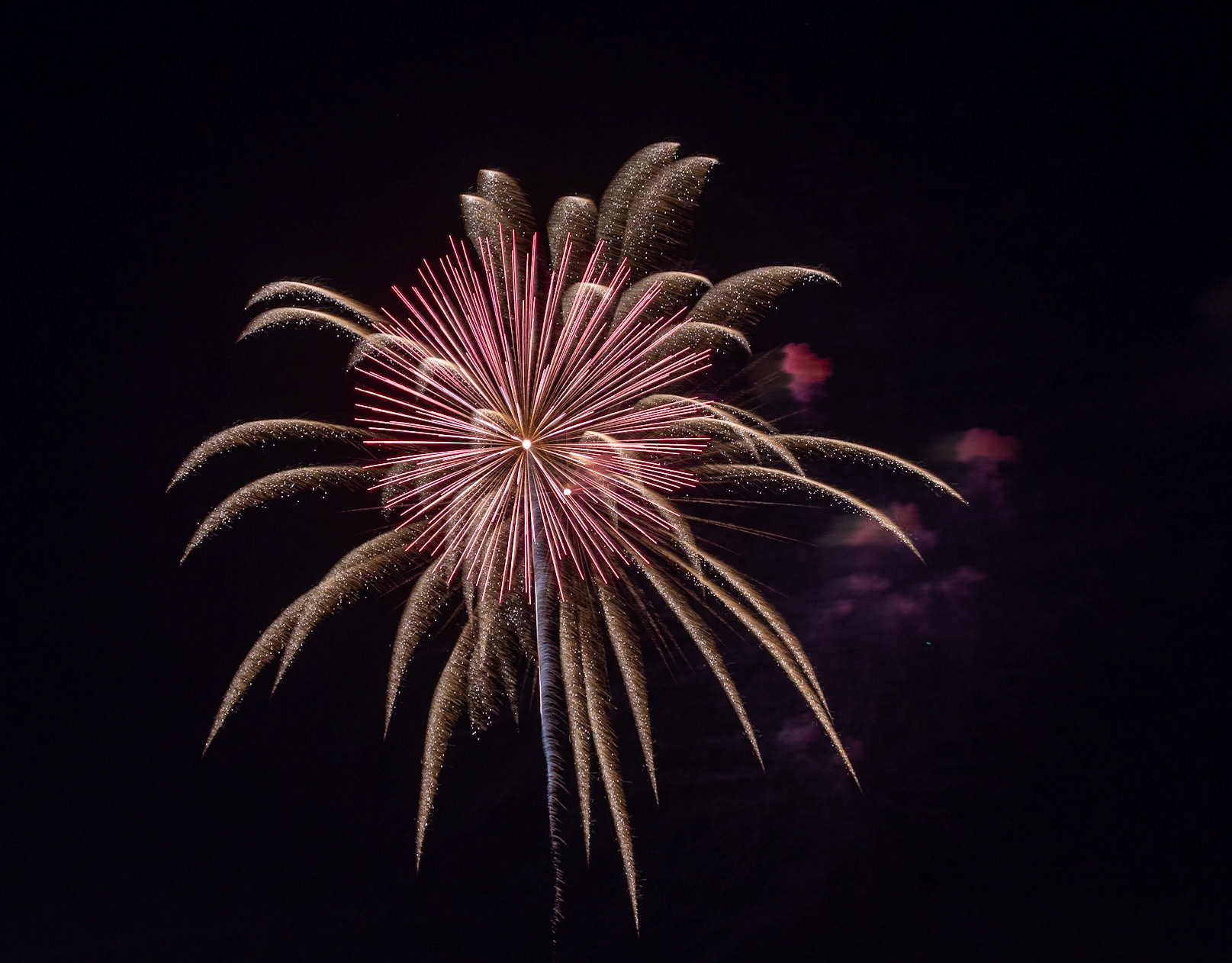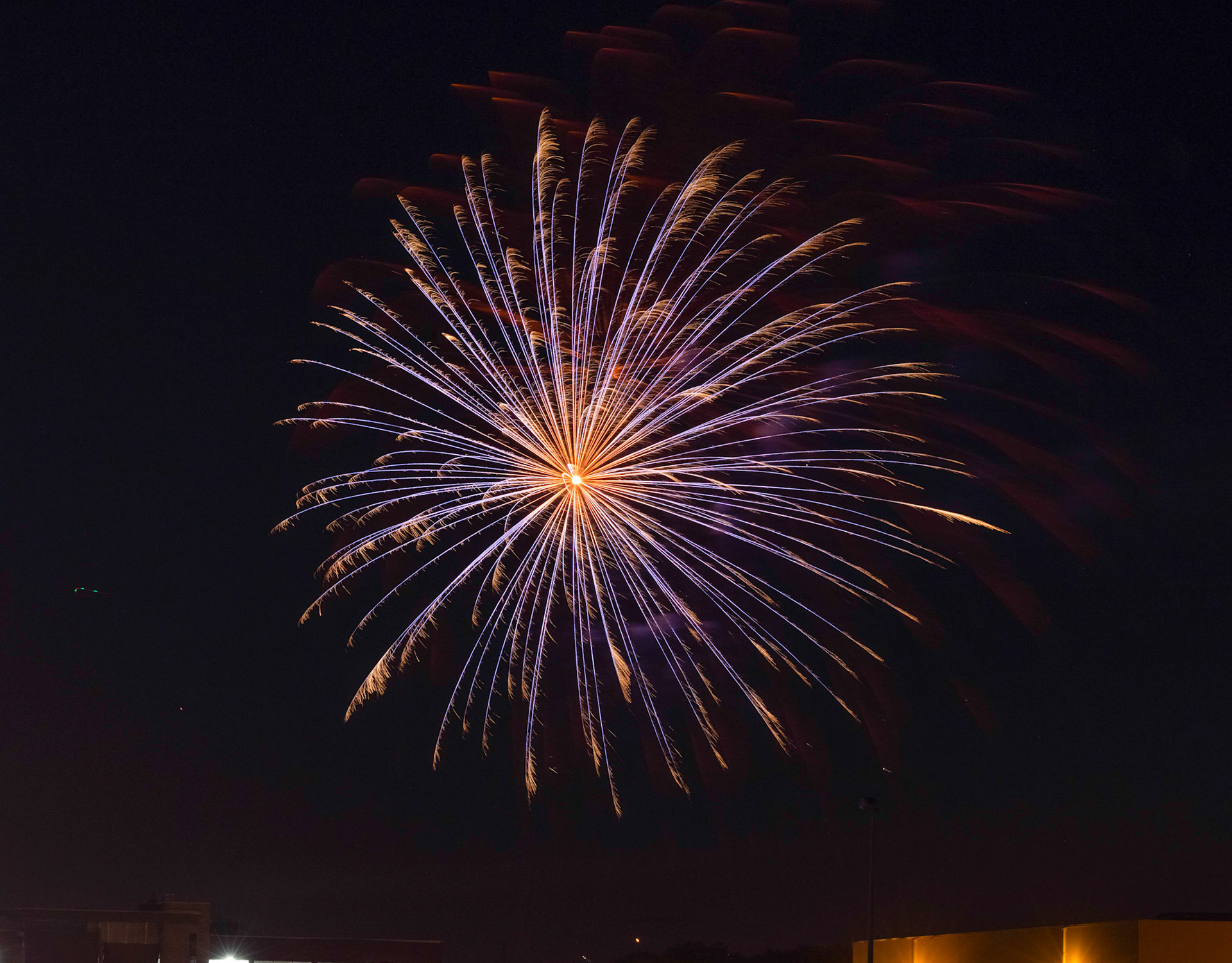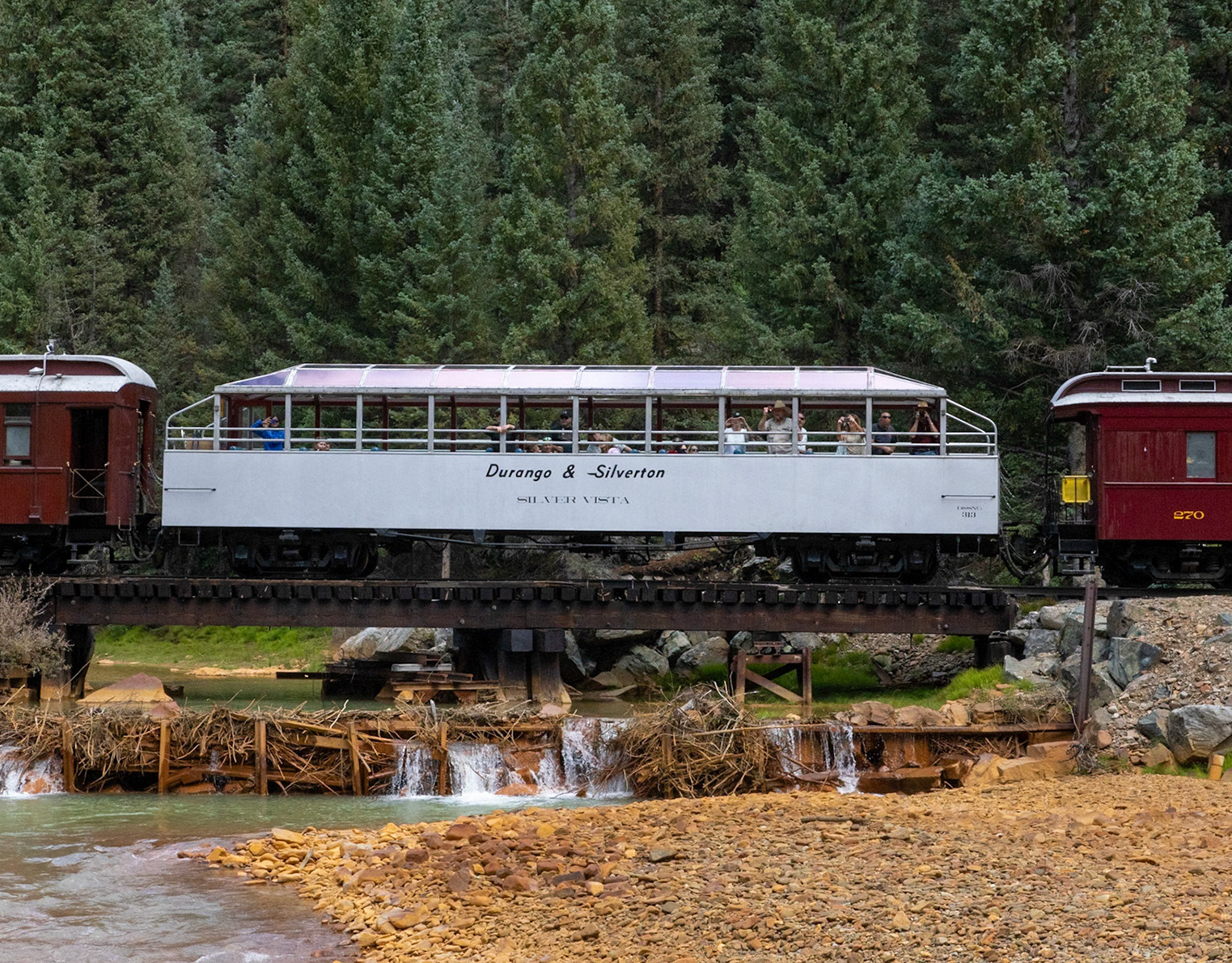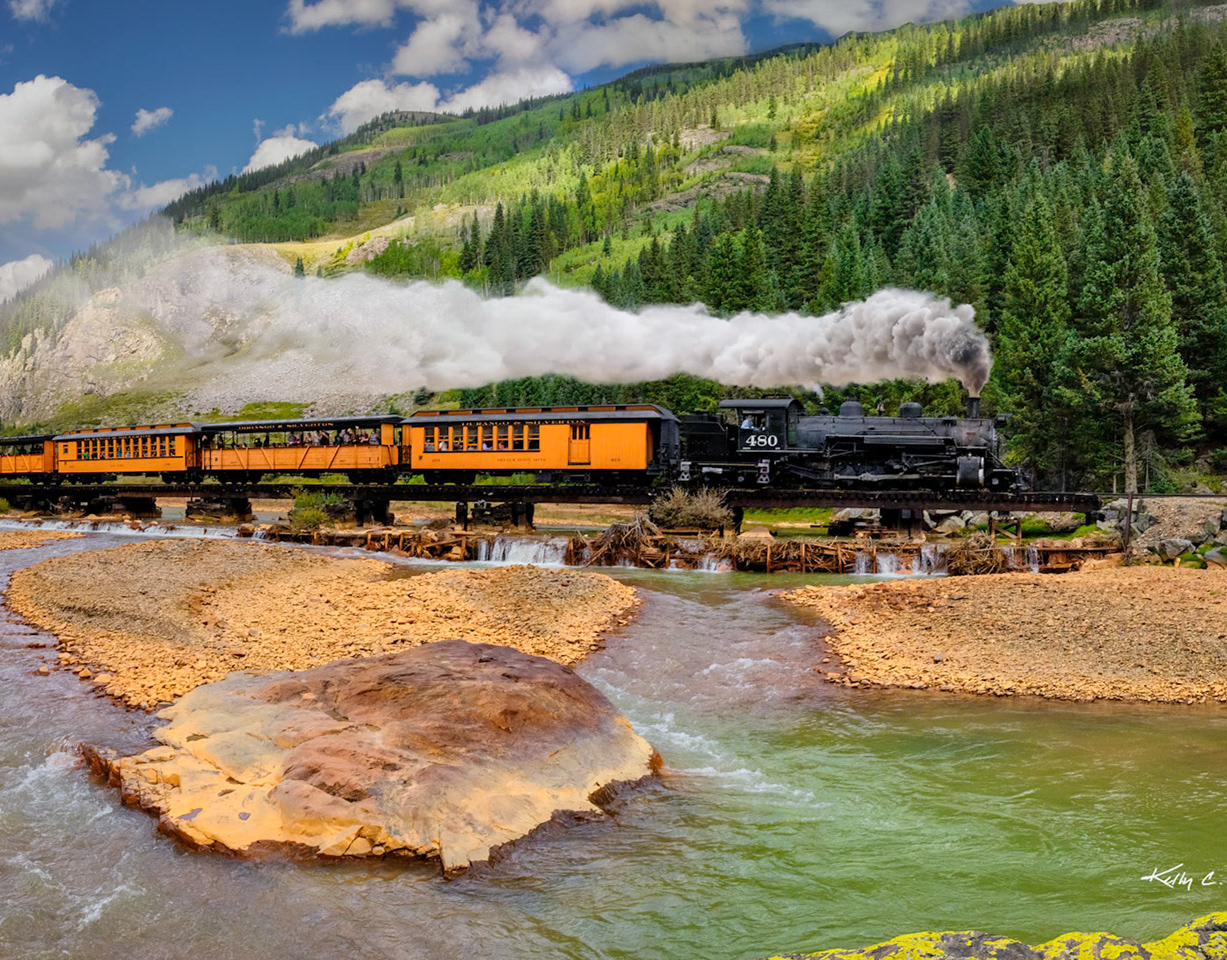Restored back to her original wartime configuration by Tom Reilly Vintage Aircraft, she represented one of the finest B-17 restorations and won several awards.
The Spad proved to be extremely useful for close air support and helicopter escort missions (“Sandy” missions) over North Vietnam to rescue downded airmen. The versatility and 10+ hour flight time of the Skyraider far surpassed that of the jets that were available at the time. There were many notable missions performed by the Skyraider and its pilots. In 1965, to highlight the Skyraider’s six millionth pound of ordnance, and abiltiy to carry anything, Commander Clarence Stoddard dropped a one-mission only special ordinance: a bright white porcelain toilet.
The Collings Foundation B-17 was named “Nine-O-Nine” in honor of a 91st Bomb Group, 323rd Squadron plane of the same name which completed 140 missions without an abort or loss of a crewman.
Boeing B-17 G Flying Fortress (The most widely recognized and revered aircraft type of World War II) The Collings Flying Fortress was built at Long Beach, CA by the Douglas Aircraft Company and accepted on April 7, 1945. These early war plane photos were taken on July 14, 2018 at the Loveland - Ft Collins airport as part of the "2018 Wings of Freedom Tour".
Click on the above image to see more information about the Collings Foundation and other restored aircraft.
For twenty years, without a major problem or incident, #44-83575 served as a fire bomber dropping water and borate on forest fires. She was sold in January 1986 to the Collings Foundation.
The original “Nine-O-Nine” was assigned to combat on February 25, 1944. By April 1945, she had made eighteen trips to Berlin, dropped 562,000 pounds of bombs, and flown 1,129 hours. She had twenty-one engine changes, four wing panel changes, fifteen main gas tank changes, and 18 Tokyo tank changes (long-range fuel tanks). She also suffered from considerable flak damag
After European hostilities ceased, “Nine-O-Nine”, with its six-hundred patched holes, flew back to the United States. While the rigors of war never stopped the historic “Nine-O-Nine”, she succumbed at last to the scrappers guillotine, along with thousands of other proud aircraft.
Douglas A-1E Skyraider -- From 1945 to 1957 Douglas Aircraft built approximately 3,180 aircraft in seven basic versions. The Skyraider was built to be an extremely versatile aircraft designed for five main uses: day assault, all weather assault, radar surveillance, electronic counter-measures and anti-submarine warfare.
Initially used by the U.S. Navy and Marine Corps, the AD-5 version of the Skyraider was eventually used by the USAF and the Vietnamese Air Force under the A-1E designation. Over the course of the Skyraider’s development there were more than 38 model variants designed to perform specific tasks.
On November 30, 1962, the Skyraider was redesignated EA-1E while still in storage. It was stricken from the books in March 1963. However, with the U.S. involvement in the Vietnam War, it was reinstated into service and assigned to VAW-33 serving aboard the U.S.S. Intrepid and U.S.S. Wasp. While on the Wasp the aircraft was overhauled again. Its radome was removed and the airframe modified and redesignated A-1E.
Initially assigned to VA-122 at NAS Lemoore, California, it later served aboard the U.S.S. Kittyhawk and then went to the Tactical Electronic Warfare Squadron VAQ-33 at Quonset Point, Rhode Island. Here it was a utility and training aircraft. Finally, the Skyraider was sent to the Military Aircraft Storage and Disposition Center in February 1970. There it remained until Roy Stafford acquired the aircraft in 1989.
North American B-25 Mitchell -- Made most famous for the Doolittle Raid on Japan, the first American attack made on the Japanese mainland after the attack on Pearl Harbor. This famous raid saw sixteen B-25s take off from the aircraft carrier, the USS Hornet on a daring mission that brought morale back to America in a time of war. The B-25 was never conceived to fly off of an aircraft carrier, but it adapted… that’s what the B-25 was known for, adaptability under any combat circumstance.
Employed as a bomber in every theater of operations, and even as a ground attack aircraft and low-level bomber, the B-25 was a reliable aircraft with a proven record that was hard to beat. Even after WWII, the B-25 saw considerable use in the civilian sector as a transport aircraft and as a fire-bomber over America’s forested regions.
Consolidated B-24J Liberator -- The world’s only fully restored and flying consolidated B-24J. The Liberator fought for our freedom in the skies of Europe and the Pacific through the use of strategic bombing during the Second World War.
James Sampson and Doug Jones in front of the Liberator. --- In August 1944, the Liberator was built at the Consolidated Aircraft Company’s Fort Worth, Texas plant. Shortly afterward, the aircraft was delivered to the US Army Air Force and in October of 1944, it was transferred to the Royal Air Force. Under the British flag, the B-24 saw combat in the Pacific Theater in operations ranging from anti-shipping to bombing and re-supply of resistance force operations. In 2005, she was repainted as “Witchcraft” in honor of the veterans of the 8th Air Force, who flew in the European Theater during WWII.
Doug Jones inside the bomb bay of the Liberator.
View from the bomb bay to the rear turret guns of the Liberator. - Preliminary restoration work started in 1985 and involved complete disassembly of the plane and work on about 80% of the B-24’s 1.2 million parts.
View looking into the Liberator cockpit. -- On September 10, 1989, after more than five years of hard work and 97,000+ hours of labor, the B-24 flew for the first time after restoration. In 1998, she was repainted to represent the “Dragon and His Tail” a 5th Air Force B-24 flying in the Pacific Theater with the 43rd Bomb Group.
North American TF-51D Mustang -- The TF-51D is one of three originals remaining in the world. Tens of thousands of hours went into rebuilding this fighter to “brand new” condition. Every surface, rivet, wire and instrument is perfect. The 1450 hp Merlin engine looks like it just came off the factory floor.
The following photos are from the 2016 & 2018 Longmont, Colorado Air Show.










